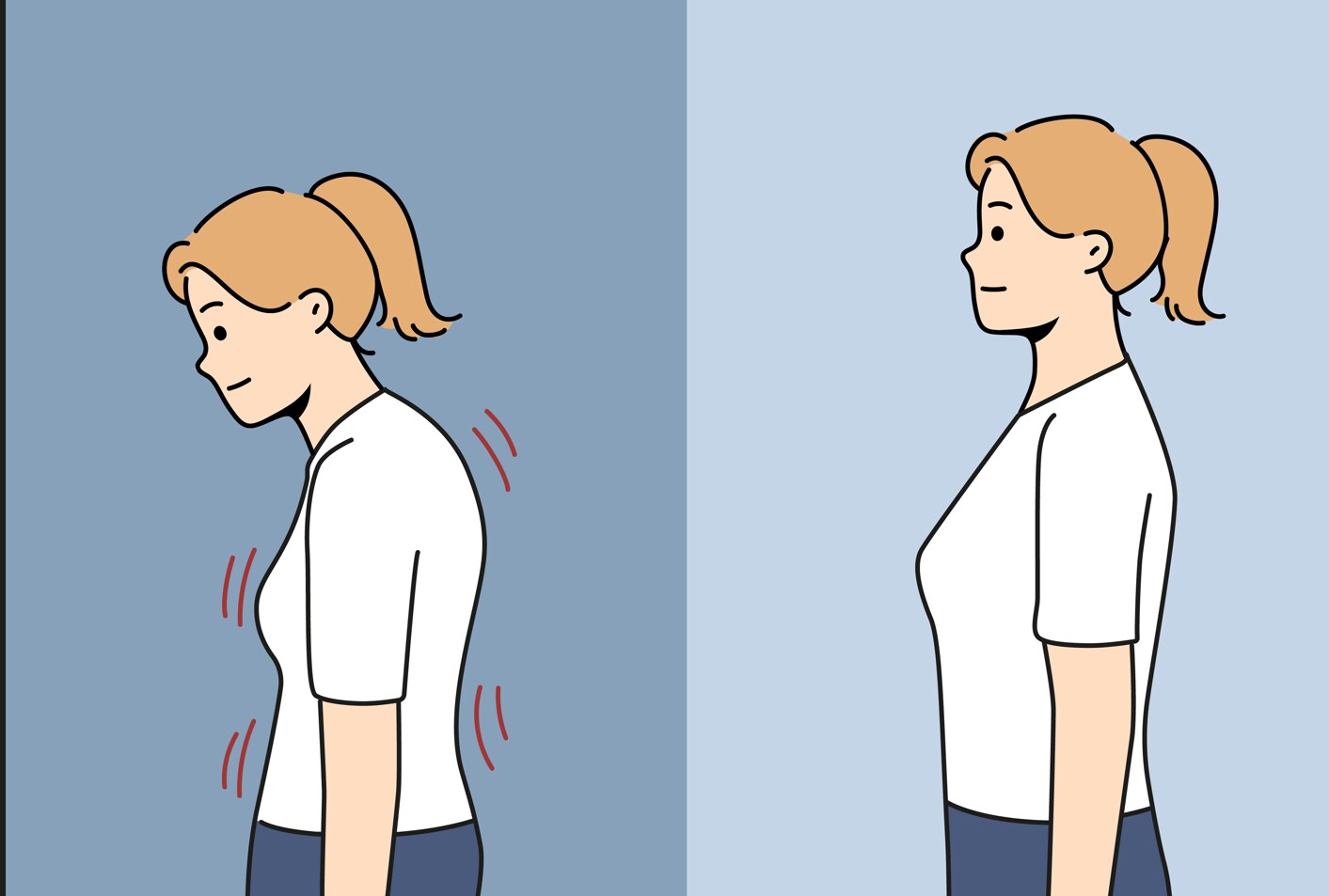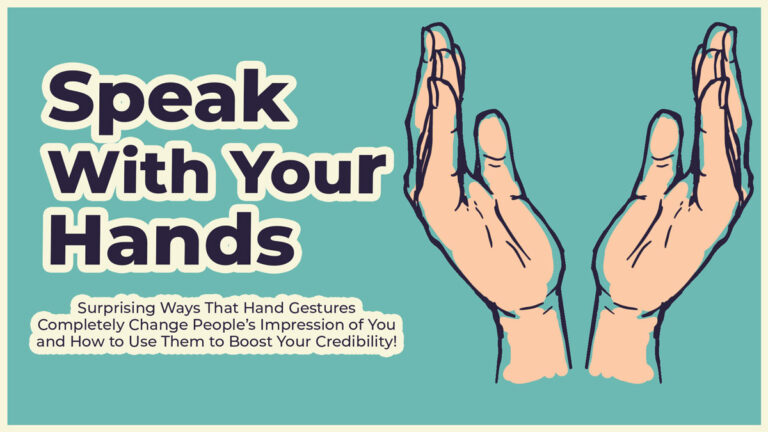When it comes to delivering engaging presentations, the power of your words is only one part of it.
Non-verbal communication plays a crucial role in connecting with your audience and reinforcing your message.
Mastering the art of non-verbal cues can transform a good presentation into an unforgettable one.
Below are 7 body language tips that will help boost your confidence and ensure your non-verbal communication is as compelling as your spoken words.
1. Maintain Eye Contact
Eye contact is a powerful strategy for building rapport with your audience.
It conveys confidence and helps to establish a connection with individuals in the room.
Aim to make eye contact with different parts of the audience across the room throughout your presentation.
This creates a sense of inclusion and engagement.
Practice by speaking in front of a mirror or recording yourself to become more aware of when and how you establish eye contact.

2. Use Open Gestures
Open gestures, such as spreading your arms or showing the palms of your hands, signal honesty and openness.
These gestures make you appear more approachable and trustworthy to your audience.
Use hand gestures that align with your key points.
For example, when discussing growth, you might slowly raise your hands to demonstrate upward movement.

3. Mind Your Posture
Standing tall with your shoulders back and feet shoulder-width apart projects confidence and authority.
A good posture not only affects how others perceive you but also how you feel about yourself.
Before beginning your presentation, take a moment to ground your feet and straighten your posture to embody confidence.

4. Facial Expressions Matter
Your facial expressions should match the tone of your message.
Smiling naturally, for instance, can make you seem more likable and relatable.
Serious expressions can highlight the importance of a particular point.
Practice your speech in front of a mirror, paying close attention to your facial expressions.
Ensure they align with the message you’re conveying.

5. Moderate Your Movement
While it’s important to move around to engage your audience, too much movement can be distracting.
Use purposeful movement to emphasize points or transition between topics.
Plan specific moments in your presentation to move closer to the audience to emphasize a point, then return to your original position.

6. Control Your Voice
Though technically part of verbal communication, your voice’s tone, pitch, and pace significantly impact your delivery.
Using a varied vocal tone keeps your audience engaged and emphasizes key points.
During your practice sessions, experiment with modulating your voice to reflect different aspects of your presentation.
An example is lowering your voice to draw attention to a critical point.
7. Practice Pausing
Strategic pauses can give your audience time to absorb what you’ve said and anticipate what’s coming next.
It also allows you a moment to gather your thoughts and breathe.
For an illustration, you may Insert pauses after asking a rhetorical question or before revealing a key piece of information to build suspense and engagement.

Deliver Winning Presentations by Aligning Your Verbal Message to Your Body Language
Mastering the art of non-verbal communication enhances your presentations and also your overall interpersonal interactions.
By using these 7 body language tips in your practice, you’ll project confidence, connect more deeply with your audience, and deliver messages that resonate long after you’ve left the stage.
Remember, the goal is to align your non-verbal cues with your verbal message to create an impactful presentation experience.
Start small, practice consistently, and watch as your presentations transform into engaging, compelling, and memorable experiences for your audience.


